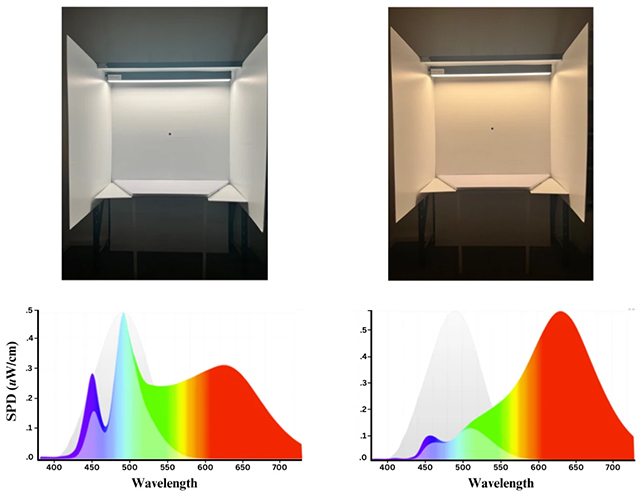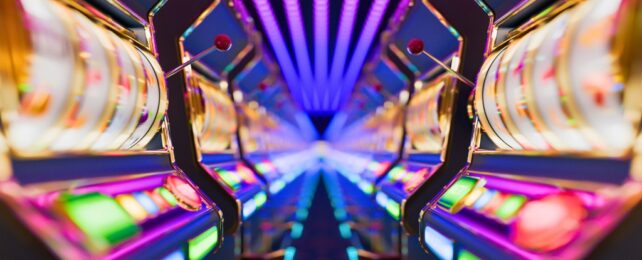Casino lighting could be nudging gamblers to be more reckless with their money, according to a new study, which found a link between blue-enriched light and riskier gambling behavior.
The extra blue light emitted by casino decor and LED screens seems to trigger certain switches in our brains, making us less sensitive to financial losses compared to gains of equal magnitude, researchers from Flinders University and Monash University in Australia found.
As gambling addiction continues to be a growing global problem – with 1.2 percent of the world's population thought to have a gambling disorder – the study offers some important insight into how risky behaviors might be encouraged or discouraged.
"We found that light with more blue wavelengths in it, which is frequently emitted by LED screens and casino lighting, could subtly influence how people perceive losses and gains," says Alicia Lander, a psychologist at the Flinders Health and Medical Research Institute (FHMRI).
"This raises questions about the role of lighting in environments like casinos or online gambling platforms."

The researchers assembled 15 volunteers, aged between 18 and 27, and asked them to complete hypothetical gambling challenges under a variety of lighting scenarios: some under blue-enriched light, and some under blue-depleted light. The brightness remained constant in each case. Before they began, participants were also told they could receive a real $20 reward, depending on their performance in these tasks.
On average, the participants were significantly less loss-averse under blue-enriched light. Men were more likely to take risky bets than women, which fits in with previous research into how gambling differs between the sexes.
The researchers think circadian photoreception, which is our non-visual response to light, is playing a part here. The level of blue spectrum light may be activating specific eye cells connected to brain regions in charge of decision-making, emotional regulation, and processing risk versus reward scenarios.
"Under conditions where the lighting emitted less blue, people tended to feel a $100 loss much more strongly than a $100 gain – the loss just feels worse," says Lander.
"But under bright, blue-heavy light such as that seen in casino machines, the $100 loss didn't appear to feel as bad, so people were more willing to take the risk."
If you open up a gambling website or head into a casino, you'll notice there's a lot of blue light going on – the opposite of the warmer light that you'll often find in bedroom lighting and sleep aids such as lamps.
That raises some questions around ethics and responsibility, according to the researchers. While encouraging risk taking might be good for the gambling business, it's not good for the patrons spending their cash.
It's worth noting that this study used a small sample size of people, and was carried out under lab conditions, so it may not necessarily translate into real world settings. However, it's a useful starting point for future research and gambling guidelines.
"Under light with more blue wavelengths, people may be less able to accurately judge risk and reward due to a decreased cognitive sensitivity to loss," says circadian biologist Sean Cain of FHMRI.
"It is possible that simply dimming the blue in casino lights could help promote safer gambling behaviors."
The research has been published in Scientific Reports.
